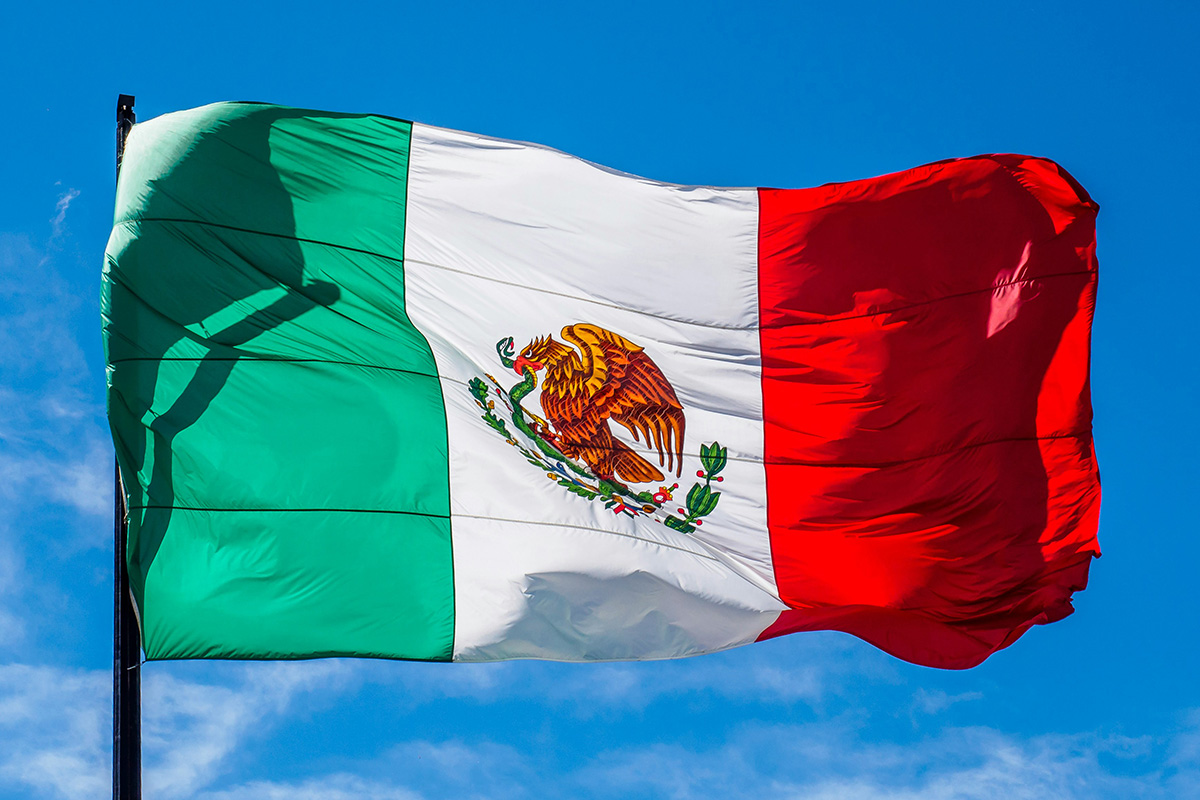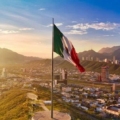The Mexican government, in its current form as a federal republic, was established on October 4, 1824, following the adoption of the Federal Constitution of the United Mexican States. This constitution replaced the Mexican Empire, which had been established in 1821 after gaining independence from Spain. The Federal Constitution of 1824 established Mexico as a federal republic, dividing the country into states and outlining the structure of the government, including its executive, legislative, and judicial branches.
A republic is a form of government in which the country is considered a public matter, not the private concern or property of rulers, and where public offices are chosen or elected rather than inherited. In a republic, the head of state is usually an elected president, rather than a monarch.
“Representative” means that individuals are elected by the people to act on their behalf in making decisions and passing laws within the government. These representatives are expected to advocate for the interests and concerns of their constituents when participating in legislative processes
A federation is a political entity characterized by a union of partially self-governing states or regions under a central federal government. In a federation, the central government shares powers with regional governments, which have significant autonomy within their own jurisdictions. This division of powers between the central and regional governments is usually outlined in a constitution or federal law.
A country that is democratic is one where political power is vested in the hands of the people, either directly or through elected representatives. In a democratic system, citizens typically have the right to participate in free and fair elections to choose their leaders and representatives, and their political rights and freedoms are protected by law.
The territory of Mexico is located in North America, bordered to the north by the United States, to the south and west by the Pacific Ocean, to the southeast by Guatemala, Belize, and the Caribbean Sea, and to the east by the Gulf of Mexico. It is the thirteenth-largest country in the world by land area, encompassing diverse landscapes ranging from deserts and mountains to tropical forests and coastal plains.
The current population of Mexico as of February 8, 2024, is estimated to be 129,388,467 people. This accounts for approximately 1.6% of the total world population. Mexico ranks 10th in the list of countries by population.
Overall, the executive branch in Mexico plays a crucial role in setting national policy, implementing laws, and representing the country through various government ministries both domestically and internationally.
In Mexico, the executive branch is headed by the President of the United Mexican States, Andrés Manuel López Obrador, who serves as the he head of state and the head of government.
LEGISLATIVE BRANCH
The Mexican Congress is a bicameral legislature comprising two chambers:
The Senate (Senado) consists of 128 seats, with each state electing three senators, and The Chamber of Deputies (Cámara de Diputados) comprises 500 members, with deputies elected through a mixed system of direct election and proportional representation.
JUDICIAL BRANCH
The judiciary is independent and comprises a hierarchy of federal and state courts. The Supreme Court of Justice of the Nation (Suprema Corte de Justicia de la Nación) is the highest court in the country, responsible for interpreting the constitution and resolving disputes between branches of government.



